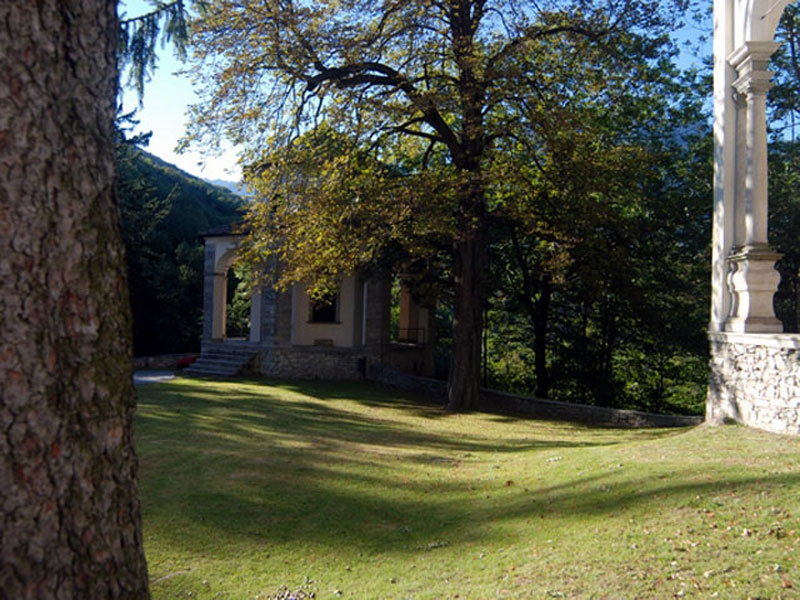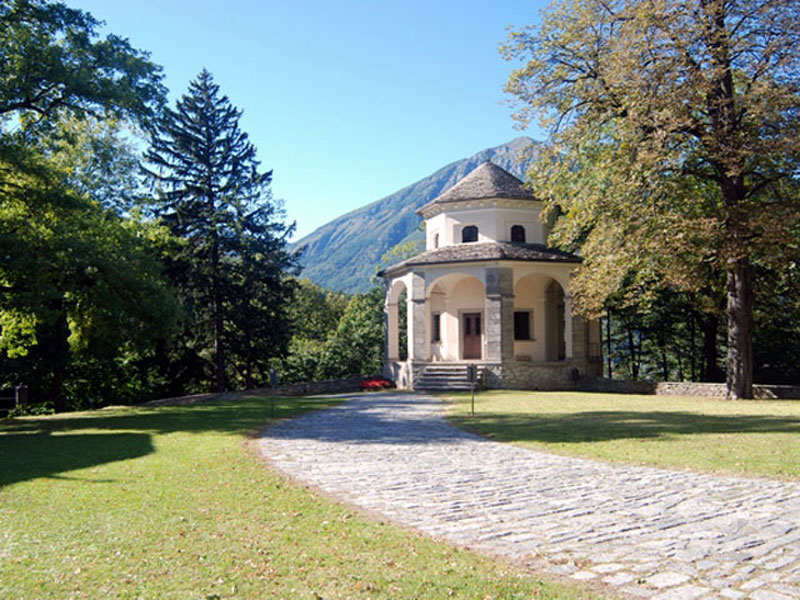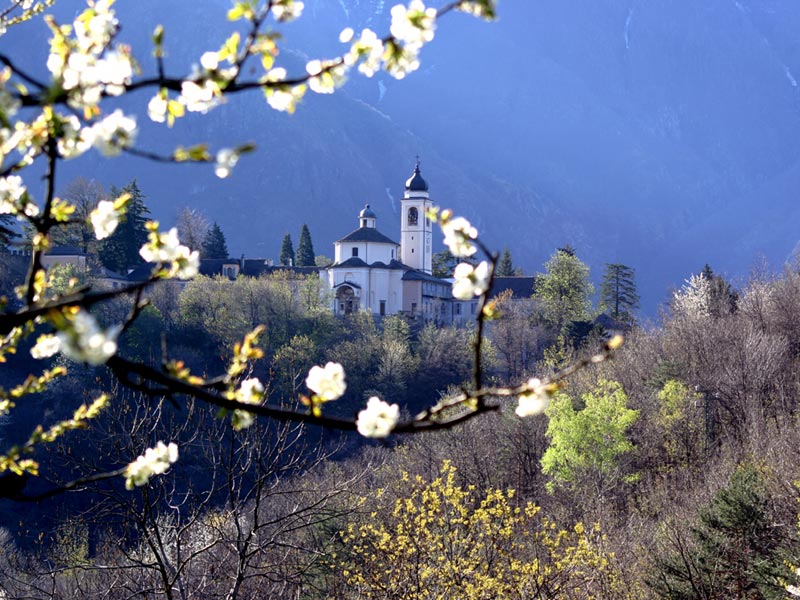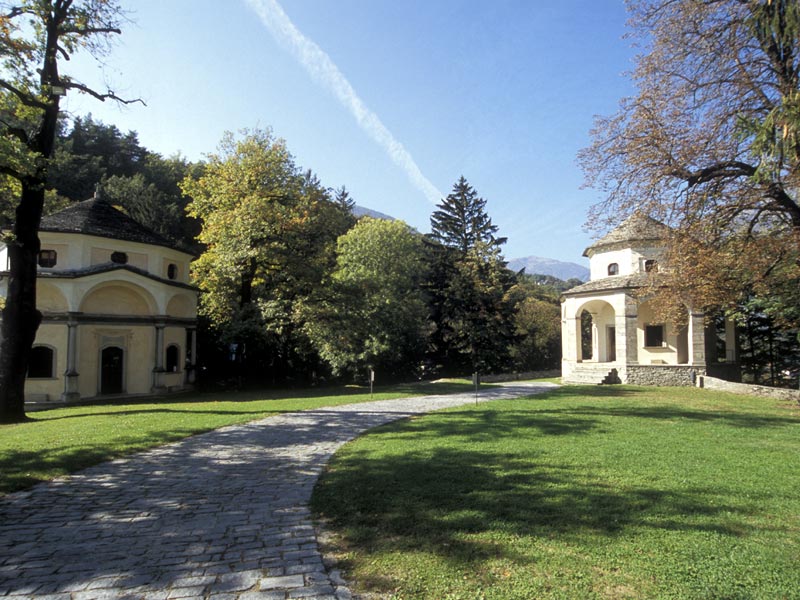Points of Interest
The Gardens of the Rosminiani Fathers
They are of great value not only from a naturalistic, but also from a historical point of view. They still house centuries-old specimens of Japanese Cedar, Port Orford Cedar, Incense-cedar, and a 140-year old Sequoia. As far as the historical aspects are concerned, it is necessary to mention the Romanesque-style Baptistry and the adjacent cupelled boulder with Celtic engravings. Near the boulder, at the shadow of a wonderful cedar specimen you can admire a small lake, which seems a reproduction of Lago Maggiore.
Mattarella Castle
Of Lombard or maybe of Byzantine origins, it was the seat of the Lombard "giudicaria" and subsequently of the Count Palatino Franco. In 1014 it was given as a gift by Henry of Saxony to the Church of Novara, and it became a Bishop residence. In 1381 it passed to the Visconti in Milan and it was destroyed in 1415 by the Swiss who were there to conquest the Ossola.
SS. Crocefisso Sanctuary
The first stone of the Sanctuary was laid in 1657. It houses two of the Via Crucis stations: the 12th (Jesus dying on the Cross) and the 13th (the Deposition of Christ) both by Dionigi Bussola, a great modeler from Milan.
Madonna delle Grazie Sanctuary
At the end of the 16th century, just outside the walls of the ancient Mattarella Castle there was an aedicula with a Madonna with the Child in her arms painted in fresco by an unknown painter. On 7th May 1658, the Bishop Odescalchi who was visiting the Sacro Monte wanted it bigger and he wanted it to become the sixth chapel. This did not seem convenient and he decided to build an oratory. The first stone was laid in 1660 and inside the oratory we can still admire the ancient fresco.
Sacro Monte Calvario Botanic - Agricultural Garden
Sacro Monte Calvario is a complex of historical, cultural, and religious interest which was born in the 17th century. It has been representing for centuries an important religious center thanks to the presence of the imposing Via Crucis which, leaving from Domodossola plateau, leads to the top of Colle di Mattarella, developing in various stations architecturally organized through a series of chapels. According to historical evidences and to the accounts recently given by some Rosminiani fathers, the religious that inhabited the structure had annexed lands to the architectural complex. These lands were used both for agricultural and ornamental purposes (gardens). As witnessed by photopostcards of the early 20th century, the lands with agricultural purposes were cultivated with vine, fruit trees, fodder and vegetables. The football field, obtained in the 1930s by levelling the outcropping rocks with dynamite, was used during the last World War to cultivate potatoes. The past agricultural use of the area surrounding Colle Mattarella is highlighted by the presence of terracing, some of which well-preserved and others in a bad state of conservation.











